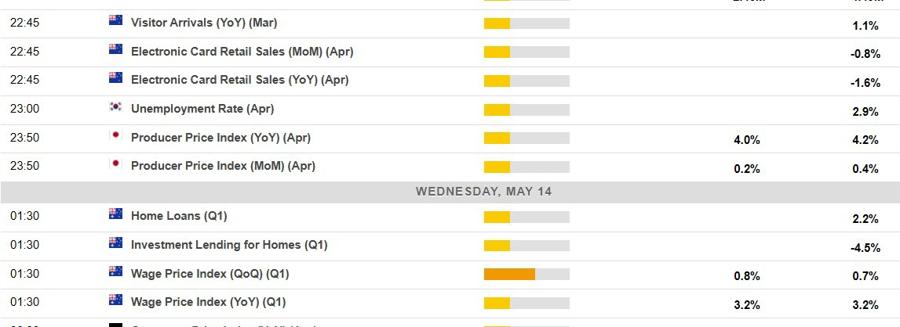How to Use the Economic Calendar to Stay Ahead in the Markets
The financial world is fast-paced, and being well-informed is crucial for anyone looking to succeed in trading or investment. A reliable economic calendar serves as your roadmap to global market-moving events, helping you anticipate trends and adjust your strategy accordingly. In this article, we'll explore what an economic calendar is, why it matters, and how to use it efficiently.

What Is an Economic Calendar?
An economic calendar is a schedule of significant financial events, data releases, and central bank meetings from around the world. It includes key indicators, such as employment figures, inflation rates, and GDP data. Traders and investors rely on this tool to predict market reactions and prepare for volatility.
With its comprehensive overview, the economic calendar provides essential insights for anyone involved in stocks, forex, or commodities trading. By highlighting upcoming news that could impact the markets, it helps you avoid surprises and seize potential opportunities.
Why Traders and Investors Rely on the Economic Calendar
Market sentiment often shifts in response to economic data. Whether it's a major central bank decision or an employment report, these events can trigger movements in currency pairs, stocks, and other assets. Staying updated using an economic calendar gives you a competitive edge and supports risk management.
For example, looking at the Asia-Pacific economic calendar for May 14, 2025, wage growth data from Australia attracted attention due to its influence on inflation and central bank policy decisions. Understanding these dynamics lets you position your trades ahead of the curve.
Key Features to Look for in an Economic Calendar
A quality economic calendar should offer:
- Accurate timings for each event (often displayed in GMT or your local time)
- Previous, consensus, and forecasted values for economic indicators
- Impact ratings to help you prioritize the most market-moving events
- Filtering options by country, importance, or category
For instance, an economic calendar update for May 15, 2025 can show you the Australian jobs report and scheduled speeches from Federal Reserve officials. By planning your trades around these announcements, you minimize the risk of unexpected volatility.
Practical Tips for Making the Most of the Economic Calendar
Here are a few strategies to help you get started:
- Check the calendar daily to spot high-impact events
- Mark key data releases that could affect your trades
- Use the consensus and forecast columns to gauge market expectations
- Monitor how actual results compare to forecasts and adapt your strategy
Keeping an eye on earnings reports and inflation data is especially important. For example, Walmart's earnings and the release of the Producer Price Index (PPI) can significantly move markets. Understanding the timing and context of these events empowers you to make more informed decisions.
Conclusion: Make the Economic Calendar Part of Your Daily Routine
Incorporating an economic calendar into your workflow is a simple, effective way to gain insight and prepare for market shifts. By tracking key financial events and understanding their potential impact, you put yourself in a position to react quickly and confidently. Stay one step ahead—let the economic calendar be your guide to smarter investing and trading.